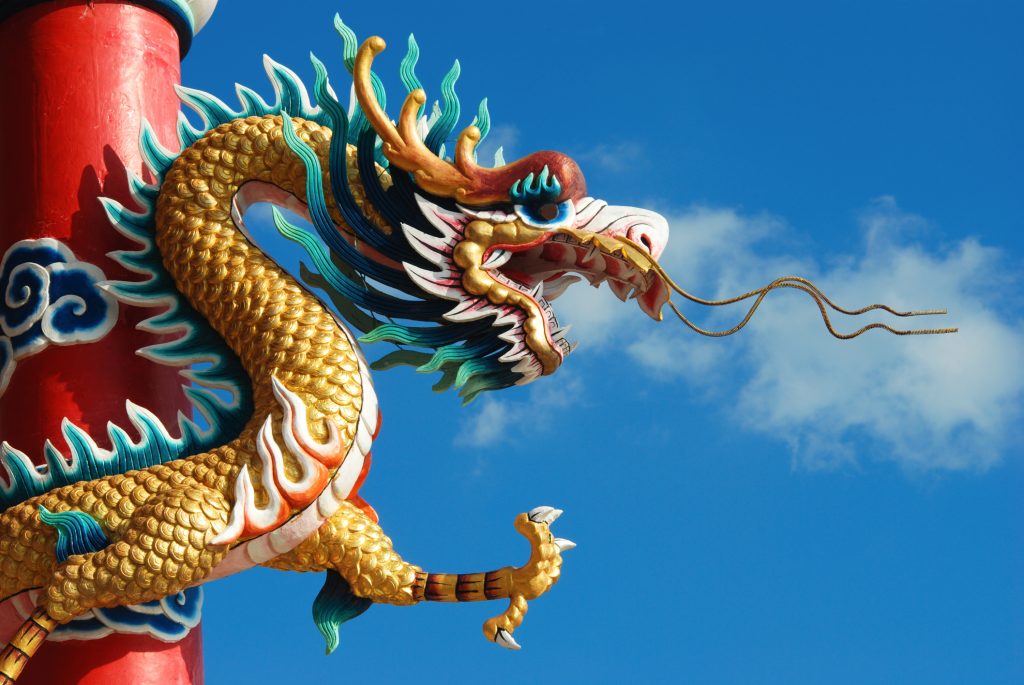

A recent study by Chile’s Center for Analysis for Democracy finds Chinese broadcasters have been increasing their footprint in Spanish-speaking countries in the past few years by producing and publishing tens of thousands of videos through the three largest Spanish-language YouTube channels of its state media.
However, the study also shows that most of the videos have very few views and have failed to make an impact among the Spanish-speaking public.
The report examined the YouTube channels of CGTN Espanol, Xinhua Espanol, and Hola China. The target audience is mainly viewers living in Latin America and Spain.
Since 2009, the three channels have run up a combined total of more than 800,000 subscribers and have published more than 80,000 videos, the study found. But it said most of those videos are seen by no more than a few hundred people.
The Center of Analysis for Democracy analyzed about 5,000 videos from each channel.
The report said videos promoting the People’s Republic of China system, infrastructure, and development were prominent, as was news emphasizing Chinese culture and poverty alleviation in Xinjiang.
The most common topics were related to China and Xi Jinping, followed by issues such as the U.S. competition with China, and U.S. crises such as fentanyl addiction and migration waves. The videos often portray topics related to the United States with a negative tone.
The report said Xinhua acts as “an amplifier for China’s foreign policy in the region,” highlighting Chinese activities, projects and the relationship between the Chinese Communist Party (CCP) and local governments, and promoting “policies or candidates in the region that align with China’s ideas of governance.”
Sascha Hannig Nunez, author of the report, told VOA that most of the content on the official media channels is consistent with what the Chinese government says, and independent thought is almost nonexistent.
“The whole system of channels is clearly guided toward enhancing Beijing’s soft power and public diplomacy through Chinese content,” she said. “These are institutions of the CCP first and media outlets second.”
The Chinese Embassy in Washington told VOA, that China “was not aware of the specifics” of state media’s operations on YouTube in Spanish-speaking countries.
“Chinese media conduct journalism in an objective and truthful manner,” the embassy said.





